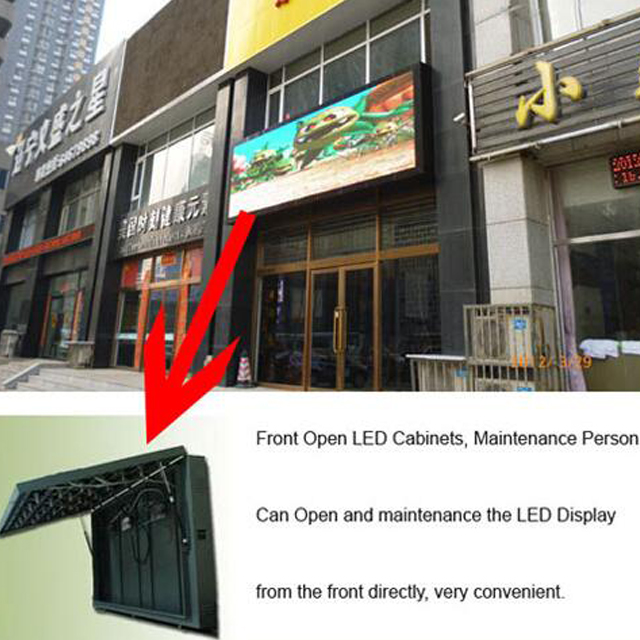From: Date:2020-07-17
1. The core question, what’s LCD and LED ?
LCD, or Liquid Crystal Display, is the fundamental display technology used by most monitors, televisions, tablets and smart phones. It consists of a panel of liquid crystal molecules that can be induced by electrical fields to take certain patterns which block light or allow it through.
Color LCD displays have green, blue and red sub-pixels in each pixel. The intensity of light allowed through each sub-pixel is carefully controlled to create a detailed picture capable of displaying millions of different colors.
However, the crystals create no light of their own. It’s possible to light an LCD using reflected ambient light (the Nintendo GameBoy Advanced operated in this way) but all LCD HDTVs have a backlight which shines light through the display.
In the past, HDTVs used cold cathode fluorescent lamps to provide this light. However, manufacturers noticed that using Light Emitting Diodes would provide equal light with less energy. It was also possible to turn individual diodes off when no light was needed, something that’s not possible with CCFL lighting.
Because the addition of LEDs for backlighting was the new feature, this was used to describe the new televisions. But the new LED TVs still use an LCD display, just like the previous models lit by CCFL tubes.
2. So, Why is LED better?
CCFL tubes can’t be switched on or off while a display is turned on and can only be arranged in vertical or horizontal lines. This creates picture quality problems. Since the lighting is never turned off, dark scenes are hard to render properly, and the arrangement of the CCFL tubes can cause parts of a display to appear brighter than others.
LEDs, on the other hand, can be quickly switched on or off. This allows much better control of light. They also can be arranged in a grid across a display or in a ring around a display, which offers theoretically better light distribution. Finally, LEDs do not consume as much energy.
There are different types of LED displays, however, and each has different traits.
3. Full Array LED?
A full array LED display has a grid of LED lights behind the LCD display. They shine directly outwards, creating a bright and usually uniform picture. Most televisions with a full array are expensive, enthusiast models that offer local dimming. This can provide excellent black level performance.
There are, however, a few LED sets with a full array that lack local dimming. A television set up this way will provide the uniformity benefits of LED, but probably won’t offer black levels that are much, if any, deeper than a good display lit by traditional CCFLs.
4. RGB LED?
This rare technology uses colored LED lights to provide additional color and lighting control. This creates very precise colors and can also provide better detail in scenes with a lot of contrast. RGB-LED is technically a modifier of the other two types – there can be edge-lit and full array versions – but most displays with this type of backlight are full array.
There are not a lot of displays that use this technology. Displays with RGB-LED are almost always very, very good, but most people can’t justify the extra cost.
5. Conclusion
If you want a display with high brightness, high refresh rate and low power consumption, LED Display is the best choice.
Browse more practical appliancation & solutions:
 Contact Us
Contact UsTell:+86 0755 23290535
Fax: +86 0755 23290535
E-mail: info@qniceled.com
Address: Qnice Industrial Park,WaiHuan Road, ShiLongZai.ShiYan, XiXiang Town, BaoAn, ShenZhen.China


